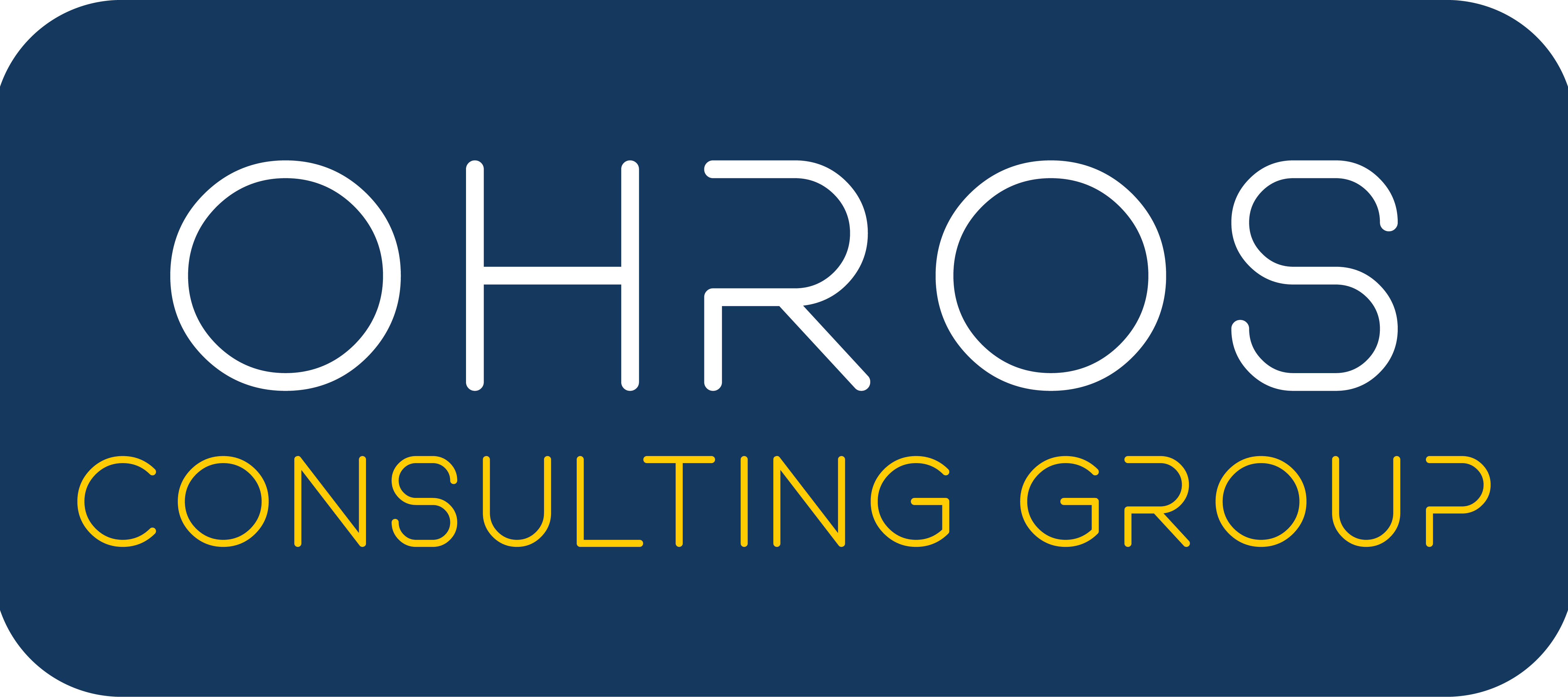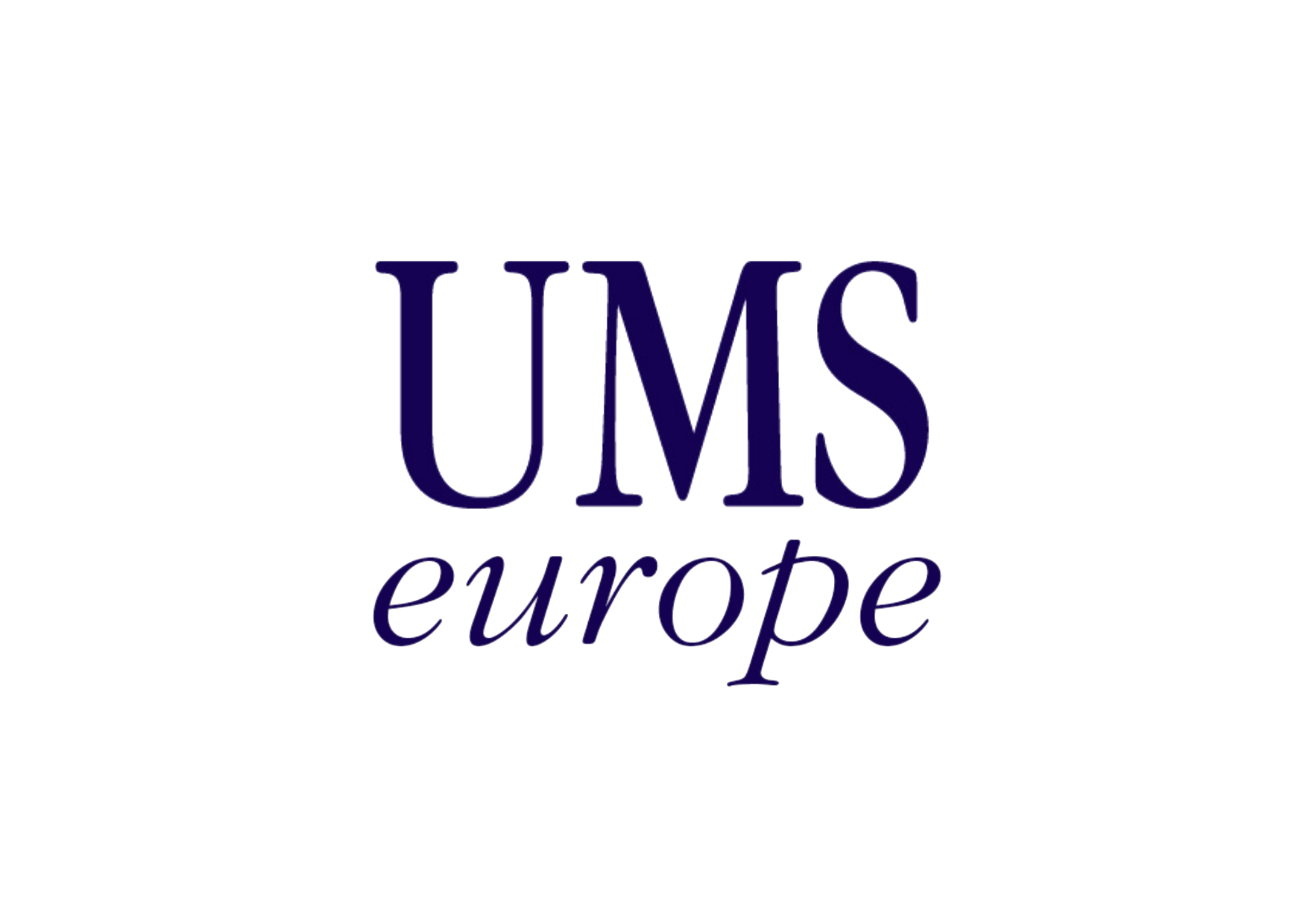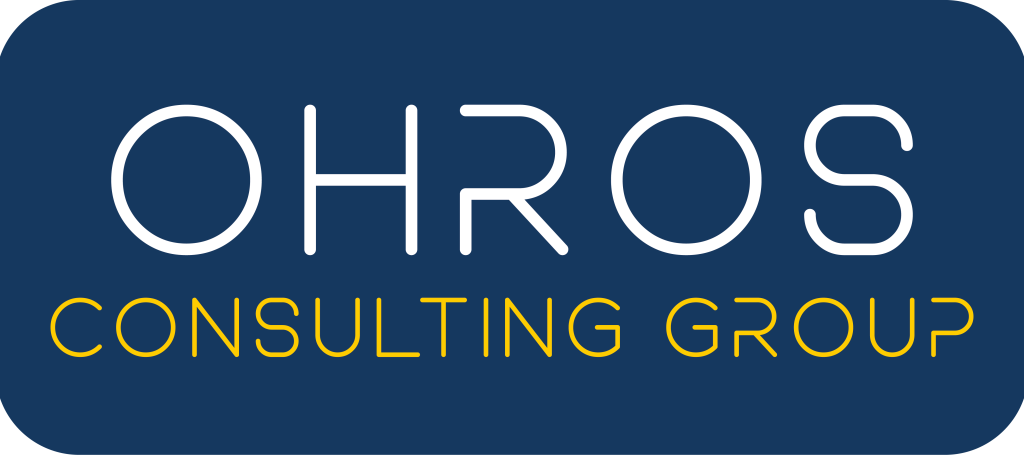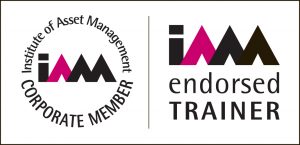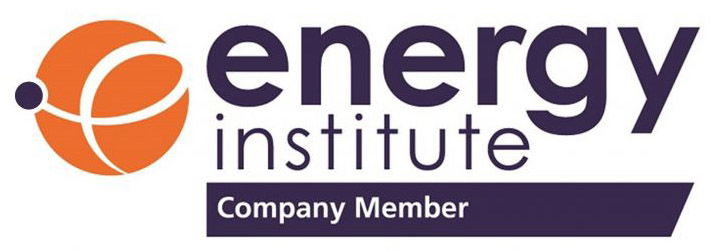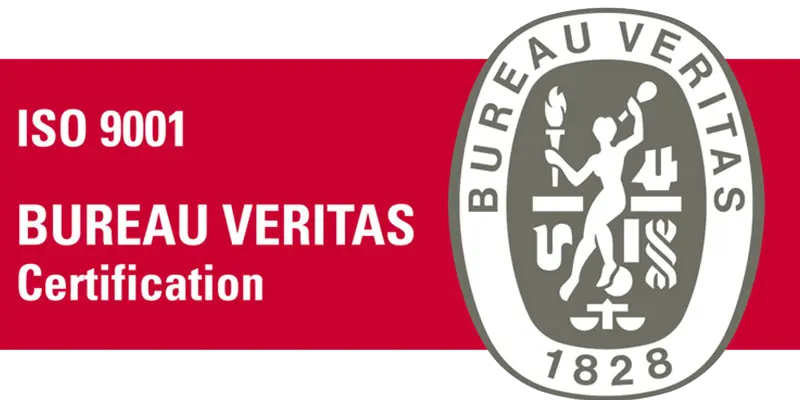Brian Addison on Data, Digitalization, and the Future of SSEN

Ennio R. Neumann Senese is the Ohros Consulting Group, CEO, interviewing key executives in the asset management domain of the Utilities sector.
Interview with Brian Addison, ceng, FIAM FIET
Head of Asset Management at Scottish and Southern Electricity Network ( SSEN)
Perth, 5 December 2024.
Meet Brian Addison: A Leader in Asset Management
With over 35 years of experience in the UK Power Utilities industry, Brian Addison is a seasoned professional whose career is a testament to his expertise and dedication to excellence. As a Chartered Electrical Engineer, a Fellow of both the Institution of Engineering and Technology (IET) and the Institute of Asset Management (IAM), and a Registered Asset Management Professional, Brian stands as a senior authority in the field of asset management for utilities.
Currently serving as the Head of Asset Management at Scottish and Southern Electricity Networks (SSEN), Brian’s commitment to establishing best-in-class asset data management, among other, is at the forefront of his work. His deep knowledge of Asset Management, enables him to lead initiatives that optimize performance, ensure reliability, and drive innovation across the sector.
Brian, as SSEN’s champion in various programs, among which the International Asset Management Studies ( ITAMS) a global learning and benchmarking consortium for and of TSO’s, is leveraging the results of the studies to enhance the asset management performance, for the benefit of the transition objectives SSEN has set for the near future.
Brian’s passion for developing people and teams shines through in his leadership style, consistently achieving high-quality performance year after year. In this interview, we delve into his journey, his approach to asset management, and his vision for the future of the utilities industry.
Q&A: The Future of Utilities with Brian Addison
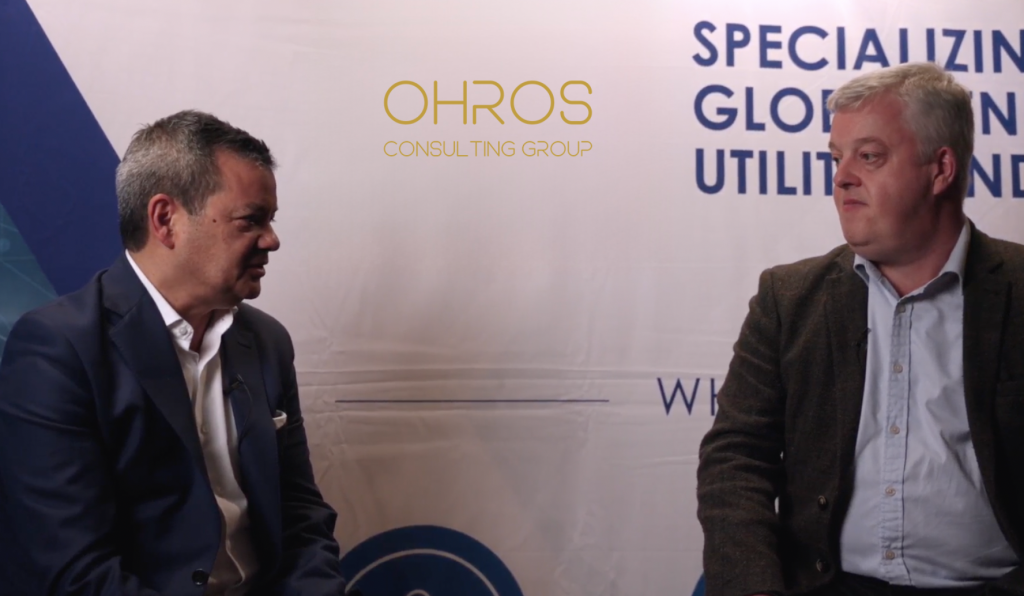
Ennio R. Neumann Senese, OCG: (ES)
“Good morning, Brian, and thank you for taking the time to join us. With over 35 years in the UK Power Utilities industry and your current role as Head of Asset Management at SSEN, your expertise is invaluable. Let’s start with your reflections on how the energy transition is shaping the utilities sector. What to your mind are the main challenges SSEN faces, and how are you addressing them?”
Brian Addison, SSE: (BA)
“Good morning, and thank you for the opportunity. The energy transition is undoubtedly one of the most significant transformations we’ve faced. At SSEN, the challenge is twofold: scaling up our workforce and achieving ambitious targets like reaching 26 GW by 2035. Back in 2010, we had around 400 full-time employees (FTEs); by 2028, we’re scaling up to 3,000. While this growth is necessary, it brings a dilution of knowledge that requires focused training and leadership to maintain our high standards.
Additionally, while we’re optimistic about overcoming these challenges, we need better science-based KPIs to monitor our progress effectively. A regulatory framework with regular assessments and external expertise, such as from Ohros, could provide valuable course corrections. Another pressing issue is the competition for resources, which impacts everything from project timelines to talent acquisition.”
ES: “You mentioned science-based KPIs and the importance of monitoring progress. How do you envision the role of the regulator in aligning targets with operational realities?”
BA: “The regulator plays a critical role, but their objectives are often updated based on expert recommendations, which can shift priorities. To manage this effectively, we advocate for a framework that includes regular assessments and adaptability. Periodic evaluations of our processes and the progress we’ve made—paired with insights from external experts—would allow us to remain agile and aligned with broader goals.”
ES: “When looking at your data, to what extent, on a scale of 1 to 5, do you trust the quality to be sufficiently reliable to base your decision scenarios on?”
BA: “On that scale, I’d rate it between 2 and 3, which is poor reliability. For this purpose, we are now merging the various records to get a single source of truth, but we are definitely not there yet. Ensuring we can trust our data is a key priority, as it directly affects our ability to make informed decisions and accurately model future scenarios.”
ES: “Let’s shift to resilience. How does SSEN ensure its systems and operations remain robust amidst these transitions?”
BA: “Resilience is a cornerstone of our operations. Periodical risk assessments and stress testing are integral to identifying vulnerabilities. However, as we advance in the energy transition, we need to enhance our continuous monitoring processes. This means not just reacting to risks but proactively identifying and mitigate them through real-time data, predictive analytics, and a culture of accountability.”
ES: “Digitalization and data management are transforming asset management. What steps is SSEN taking to ensure that your data-driven decisions are both reliable and impactful?”
BA: “Digitalization is essential, but it comes with its own challenges. We’re working on creating specialized teams to calibrate and qualify asset data. OFGEM has set expectations for a better cost/benefit analysis, which requires us to integrate CAPEX, OPEX, and reliable data into an end-to-end plan.
One key project is our implementation of the Maximo system. However, the system is only as good as the data we input. At present, we’re not entirely confident in the quality of some data points, and this is an area we’re prioritizing. By improving data qualification processes, we aim to trust the output fully and make decisions with confidence.”
ES: “Looking to the future, what do you see as the biggest opportunities for innovation in asset management at SSEN?”
BA: “The biggest opportunities lie in the integration of AI and digital twins to enhance predictive maintenance and optimize asset lifecycles. These technologies can help us reduce costs and improve reliability simultaneously. Additionally, aligning our data strategies with carbon reduction goals presents an opportunity to lead the industry in sustainable practices.
Ultimately, innovation isn’t just about technology; it’s about creating a culture that embraces change and empowers teams to think creatively. By combining robust systems with skilled, motivated people, we can set new benchmarks for asset management in the utilities sector.”
ES: “Finally, Brian, what advice would you offer to leaders navigating the complexities of the energy transition and digital transformation?”
BA: “My advice is to stay grounded in the fundamentals: invest in your people, build resilience into your systems, and never compromise on data quality. These are the pillars that support long-term success. Leaders must also remain adaptable and open to collaboration—whether with regulators, external experts, or internal teams. The energy transition is a shared journey, and success depends on aligning vision with execution.”
ES: “Thank you, Brian, for sharing your insights and experience. It’s clear that your leadership and vision are driving SSEN toward a more resilient and innovative future.”
BA: “Thank you Ennio. It’s been a pleasure discussing these important topics, and I’m looking forward to seeing how we, as an industry, continue to evolve.”
